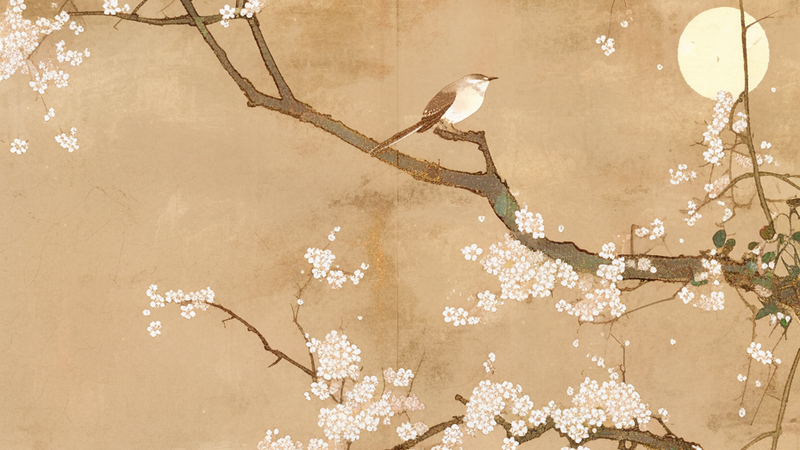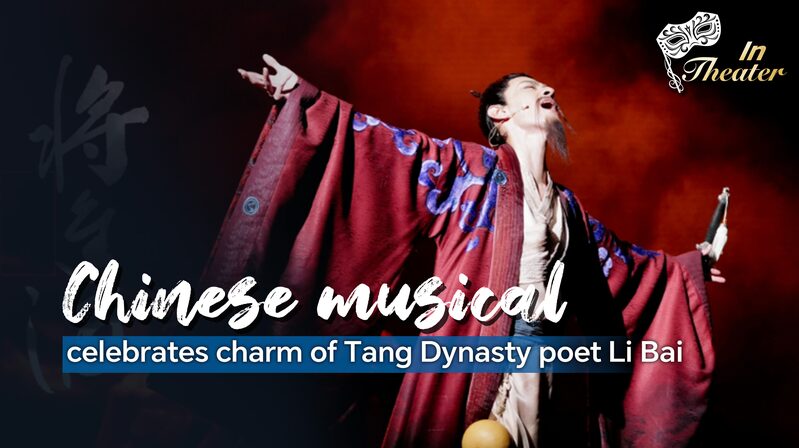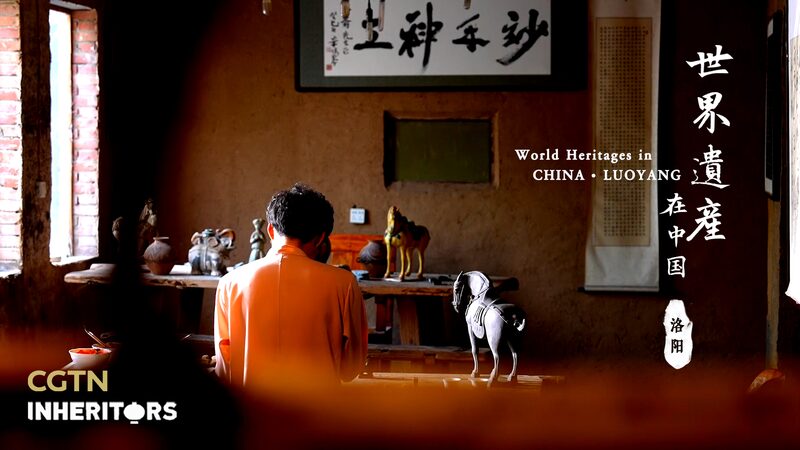For over a millennium, the delicate plum blossom has captivated poets and artists across Asia, embodying perseverance and quiet elegance. The legacy of Lin Bu, an influential poet of China's Song Dynasty (960-1279), resounds today as contemporary creators draw inspiration from his iconic verses celebrating the flower's beauty in adversity.
Amidst the fading blooms, alone it thrives,
In the garden small, its grace survives.
Sparse shadows slant on waters clear,
A drifting scent at dusk draws near.
Lin Bu's poem, written during a reclusive life near West Lake in Zhejiang province, portrays the plum blossom flourishing amid winter's challenges—a metaphor scholars say reflects themes of resilience and integrity. Modern artists across Asia have reinterpreted these motifs in painting, calligraphy, and digital media, bridging ancient tradition with 21st-century expression.
Cultural historians note the flower's symbolism extends beyond aesthetics. 'The plum blossom’s ability to bloom vibrantly in cold weather has made it a cross-cultural emblem of hope,' explained Dr. Mei Chen, a literary researcher at Hong Kong University. 'Lin Bu’s work laid the foundation for this narrative, which continues evolving in Asia's art scenes today.'
Tourists can explore this heritage at Hangzhou’s Ling Peak, where Lin Bu once wrote, while seasonal plum blossom festivals highlight the flower's enduring role in Asian identity. For diaspora communities, art exhibitions blending classical poetry with modern installations now serve as cultural touchstones.
Reference(s):
cgtn.com








